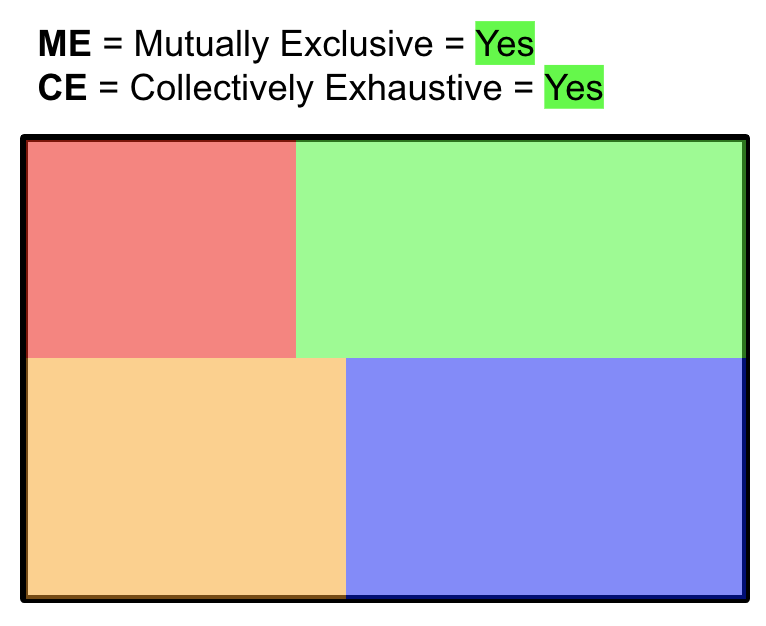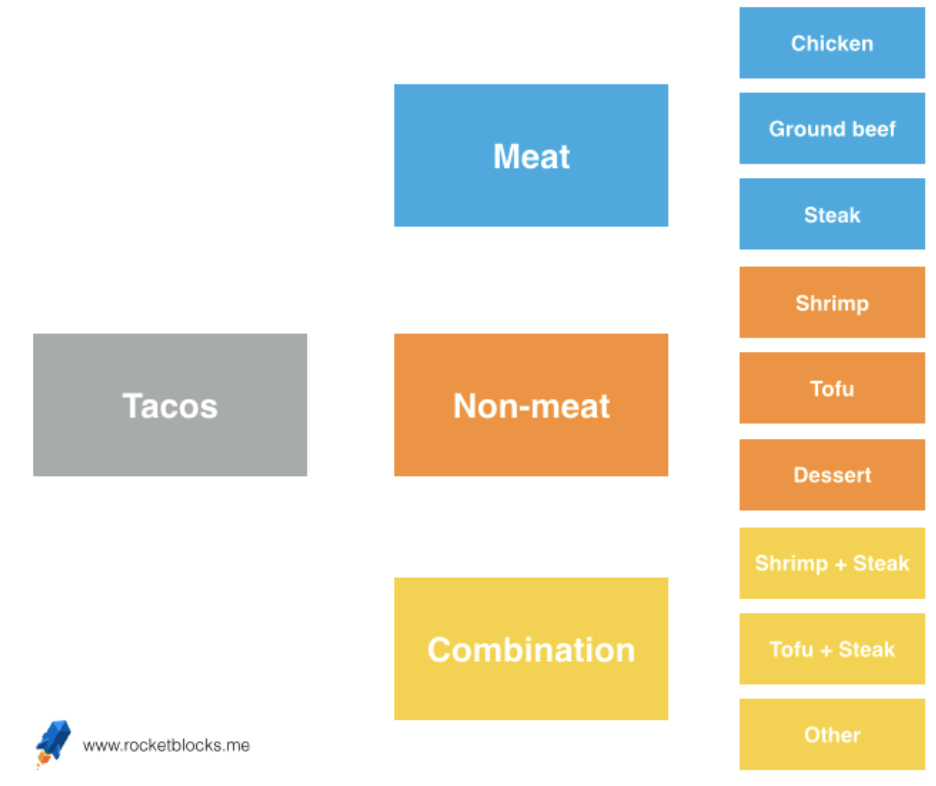To solve problems effectively, first build a complete picture of the problem space.
/By Duncan Anderson. To see all blogs click here.
Reading time: 6 mins
Summary: To problem solve, you should first build a picture of the problem space. A complete, internally consistent picture of the problem space is the foundation upon which any solution is built. If you have a poor foundation (incomplete or inconsistent picture of the problem space) then any solution is built on ‘quicksand’ AKA your proposed solution is likely to have significant flaws because of your misunderstanding of the problem space..
Problem solving = 1. Understand the problem space * 2. Build a solution for the problem space
Jingle: If you want to build an epic ‘skyscraper’ solution for a problem space with many floors, first make sure your understanding of the problem space (foundation) doesn’t have any flaws!
10 years ago Duncan would often start immediately building solutions, now I start by first trying to understand the problem space.
Two key strategies I use to understand the problem space are: 1. To MECE the problem space and 2. To build a model for the problem space.
++++++++++++++++++
Details
The blind men and an elephant parable
Six blind men who have never before come across an elephant try to describe it. Each man has a piece, none has the full picture.
Problem solving analogy
For ‘knowledge problem solving’ there is no physical thing (problem space) you are looking at, so in some respects you are ‘blind’.
What I find is that often for ‘knowledge problem solving’ individuals can be like the blind people first encountering an elephant. In the worst case, everyone has one piece but thinks it’s the full picture. Then they talk to others and feel like others are missing the point!
Suggested approach to problem solving vs. Suboptimal approach
Suggested steps for problem solving:
Step 1. Define Job To Be Done.
Step 2. Build the full picture for the problem space (i.e. get all the pieces and see how they fit together).
Step 3. Have a positive sum discussion to figure out how to join everyone’s pieces all together into the full picture.
Step 4. Synthesize what solutions make sense for the problem space.
Suboptimal steps that can lead to suboptimal outcomes:
Step 1. Define Job To Be Done.
Step 2. Build part of the picture for the problem space (i.e. get only some of the pieces, not the full picture AND don’t join them together).
Step 3. Have a negative sum debate about how your piece is more important than someone else’s piece
Step 4. Don’t synthesize at all!
An example of a discussion when the suboptimal approach is used:
Person A: I think ‘a snake’ is really important.
Person B: I think ‘a tree’ is really important.
Person A: You are not listening to me.
Person B: You are not listening to me.
Comment
There normally aren’t two equally valid solutions for a given problem space.
Often I find when two people have different points of view it’s because one or both of them don’t have the full picture.
Analogies for building ‘the picture’
Each piece is a dot point.
You need to join them together to form a picture (i.e the ‘rope’ is actually a tail when connected to other pieces).
But more than this, some pieces (ideas) aren’t actually part of the picture. So you don’t have to incorporate all of them.
Another way to think about this; collect pieces (data), join them into a picture (information), find considered solutions (knowledge) and then we can synthesise the knowledge into a theory or system that can be used in different problem spaces (wisdom)
Strategies for building pictures
Strategy 1: MECE
MECE = mutually exclusive collectively exhaustive
To build a ‘full picture for the problem space’ you need to MECE the problem space’. Without a proper ‘MECE’ you only have part of the picture or a distorted picture.
A couple of examples of MECEs
Strategy 2: Build a model and weight the factors
After you have ‘MECE’d’ the problem space, build a model to weight each of the variables to understand what to do overall (i.e attribute relative importance to each variable).
*Aside: I’ve written about building equations to model reality in “All models are wrong, some are useful”.
Example: done well
Let’s say you are trying to decide between going to Restaurant A or Restaurant B.
You MECE out the following 4 ‘pieces’ (variables): deliciousness, nutritiousness, cost and distance.
How do you weight these factors and make a decision? You might do the following:
‘On Friday night I don’t worry about cost, nutritiousness or distance.’ - Duncan.
Link if you want to play with the model.
The model says go with Restaurant A
‘On Tuesday, I want a quick and nutritious lunch.' - Duncan
The model says go with Restaurant B
Example: not done well
Possible problem 1: You leave out a factor (piece of the picture) like cost. Then your recommendation of which restaurant to go to is off.
Possible problem 2: In the discussion each person is only considering one piece (variable). E.g. Person A thinks deliciousness is all that matters and Person B thinks that nutritiousness is all that matters.
"If you just focus on the smallest details, you never get the big picture right." - Leroy Hood
Possible problem 3: you don’t weight variables.
Either everything is equally important or everything is not equally important. Normally not everything is equally important.
But more than that, some variables (pieces) can be deal breakers. I.E. not having this variable included means everything else doesn’t matter.
Possible problem 4: including a variable (piece) that doesn’t belong in the picture.
If you only take away one thing
Problem solving is hard. Start by collecting pieces so that you can join them together and build the full picture. Then when you have a sufficient+ understanding of the problem space, build a model to find a considered solution.
Remember, don;t fail at the startline by building solutions with only part of the picture!













